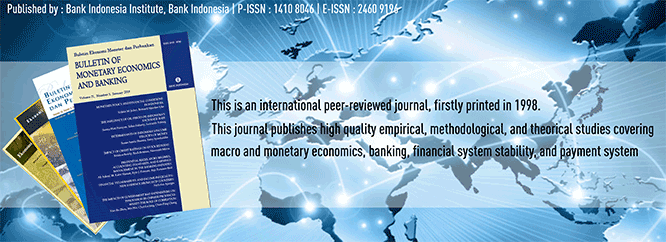
Document Type
Article
Abstract
This paper empirically analyses the role of Islamic banking in financial intermediation costs as measured by net interest margins for a leading dual banking country, Malaysia. Controlling for theoretically motivated determinants of the margins, the paper compares the interest/financing margins of conventional and Islamic banks and examines the impacts of Islamic banking presence on bank margins. The analysis provides evidence of the higher margins of Islamic banks compared to those of conventional banks. Further, the difference in bank margins between the two types of banks can be attributed to differences in market power, operating costs, and diversification. Finally, Islamic banking presence or penetration, as represented by the ratio of Islamic financing to aggregate bank credit/financing and, alternatively, the share of Islamic banking assets, is robustly associated with lower bank margins, on average. These results bear important implications for the development of the Islamic banking industry and in fostering the efficient allocation of financial resources by the banking system.
Recommended Citation
Ibrahim, Mansor H. and Law, Siong Hook
(2019)
"FINANCIAL INTERMEDIATION COSTS IN A DUAL BANKING SYSTEM: THE ROLE OF ISLAMIC BANKING,"
Bulletin of Monetary Economics and Banking: Vol. 22:
No.
4, Article 2.
DOI: https://doi.org/10.21098/bemp.v22i4.1236
Available at:
https://bulletin.bmeb-bi.org/bmeb/vol22/iss4/2
First Page
531
Last Page
552
Creative Commons License

This work is licensed under a Creative Commons Attribution-NonCommercial 4.0 International License
Country
Malaysia
Affiliation
INCEIF

